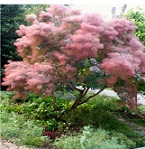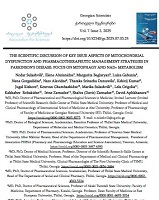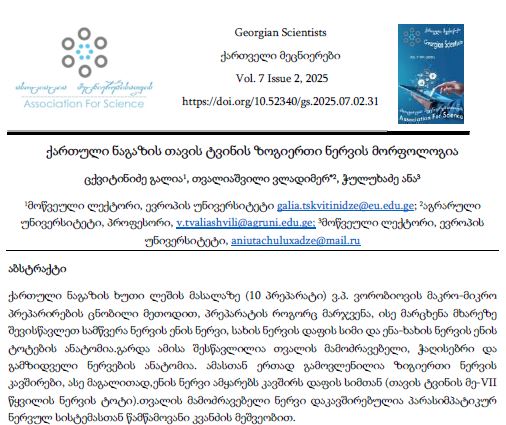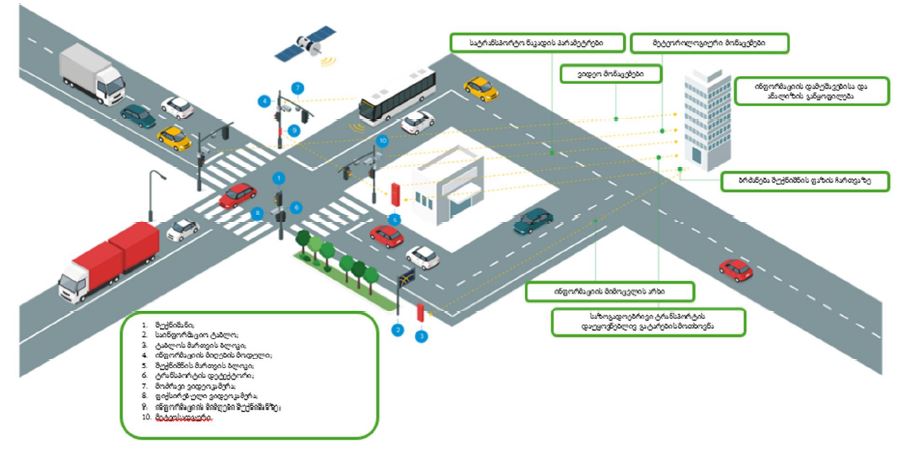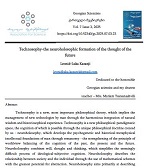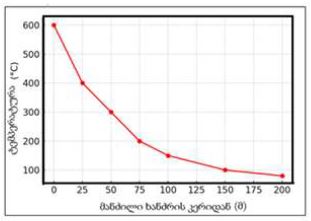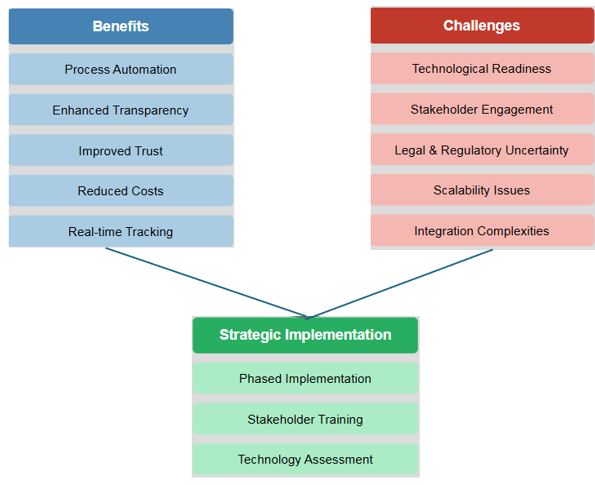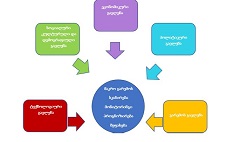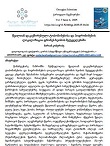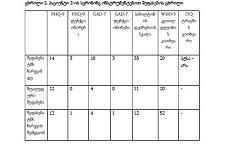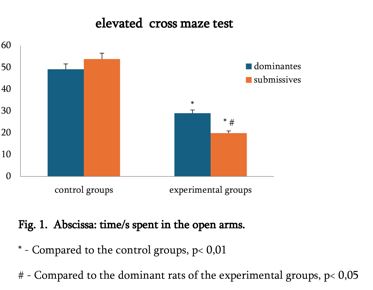TGF-β in patients with hematologic malignancies
Downloads
TGF-β expression is often increased in diseases such as malignancy, inflammation and fibrotic pathology. TGF-β ligand is involved in many processes of lymphoid cell development. TGF-β exerts an inhibitory stimulus on the differentiation and proliferation of stem cell progenitors. The amount of TGF-β on stem cell progenitors can determine various biological effects. For instance, if high concentrations of TGF-β have an inhibitory effect on stem cell progenitors, at low doses it can become stimulatory, especially in that group of stem cell progenitors that have a high probability of developing into myeloid cells.The aim of the study was to determine the level of TGF-β in the peripheral blood of patients with hematologic malignancies and to see its correlation with blood biomarkers of systemic inflammation.
Downloads
Metrics
M. B. Meads, R. A. Gatenby, and W. S. Dalton, “Environment-mediated drug resistance: a major contributor to minimal residual disease,” Nat. Rev. Cancer, vol. 9, no. 9, pp. 665–674, Sep. 2009, doi: 10.1038/NRC2714.
A. L. Grauel et al., “TGFβ-blockade uncovers stromal plasticity in tumors by revealing the existence of a subset of interferon-licensed fibroblasts,” Nat. Commun., vol. 11, no. 1, Dec. 2020, doi: 10.1038/S41467-020-19920-5.
M. A. Timmins and I. Ringshausen, “Transforming Growth Factor-Beta Orchestrates Tumour and Bystander Cells in B-Cell Non-Hodgkin Lymphoma,” Cancers (Basel)., vol. 14, no. 7, Apr. 2022, doi: 10.3390/CANCERS14071772.
S. S. Söderberg, G. Karlsson, and S. Karlsson, “Complex and Context Dependent Regulation of Hematopoiesis by TGF-β Superfamily Signaling,” Ann. N. Y. Acad. Sci., vol. 1176, no. 1, pp. 55–69, Sep. 2009, doi: 10.1111/J.1749-6632.2009.04569.X.
A. Hinge and M. D. Filippi, “Deconstructing the Complexity of TGFβ Signaling in Hematopoietic Stem Cells: Quiescence and Beyond,” Curr. Stem Cell Reports, vol. 2, no. 4, pp. 388–397, Dec. 2016, doi: 10.1007/S40778-016-0069-X/FIGURES/3.
G. A. Challen, N. C. Boles, S. M. Chambers, and M. A. Goodell, “Distinct Hematopoietic Stem Cell Subtypes Are Differentially Regulated by TGF-β1,” Cell Stem Cell, vol. 6, no. 3, pp. 265–278, Mar. 2010, doi: 10.1016/j.stem.2010.02.002.
S. J. Kim and J. Lettirio, “Transforming growth factor-β signaling in normal and malignant hematopoiesis,” Leuk. 2003 179, vol. 17, no. 9, pp. 1731–1737, Sep. 2003, doi: 10.1038/sj.leu.2403069.
A. Bataller, G. Montalban-Bravo, K. A. Soltysiak, and G. Garcia-Manero, “The role of TGFβ in hematopoiesis and myeloid disorders,” Leuk. 2019 335, vol. 33, no. 5, pp. 1076–1089, Feb. 2019, doi: 10.1038/s41375-019-0420-1.
M. O. Li and R. A. Flavell, “Contextual Regulation of Inflammation: A Duet by Transforming Growth Factor-β and Interleukin-10,” Immunity, vol. 28, no. 4, pp. 468–476, Apr. 2008, doi: 10.1016/j.immuni.2008.03.003.
S. Sanjabi, S. A. Oh, and M. O. Li, “Regulation of the Immune Response by TGF-β: From Conception to Autoimmunity and Infection,” Cold Spring Harb. Perspect. Biol., vol. 9, no. 6, p. a022236, Jun. 2017, doi: 10.1101/CSHPERSPECT.A022236.
R. A. Flavell, S. Sanjabi, S. H. Wrzesinski, and P. Licona-Limón, “The polarization of immune cells in the tumour environment by TGFβ,” Nat. Rev. Immunol. 2010 108, vol. 10, no. 8, pp. 554–567, Jul. 2010, doi: 10.1038/nri2808.
E. Batlle and J. Massagué, “Transforming Growth Factor-β Signaling in Immunity and Cancer,” Immunity, vol. 50, no. 4, pp. 924–940, Apr. 2019, doi: 10.1016/J.IMMUNI.2019.03.024.
C. J. David and J. Massagué, “Contextual determinants of TGFβ action in development, immunity and cancer,” Nat. Rev. Mol. Cell Biol., vol. 19, no. 7, pp. 419–435, Jul. 2018, doi: 10.1038/S41580-018-0007-0.
M. W. Pickup, P. Owens, and H. L. Moses, “TGF-β, Bone Morphogenetic Protein, and Activin Signaling and the Tumor Microenvironment,” Cold Spring Harb. Perspect. Biol., vol. 9, no. 5, May 2017, doi: 10.1101/CSHPERSPECT.A022285.

This work is licensed under a Creative Commons Attribution-NonCommercial-NoDerivatives 4.0 International License.































































